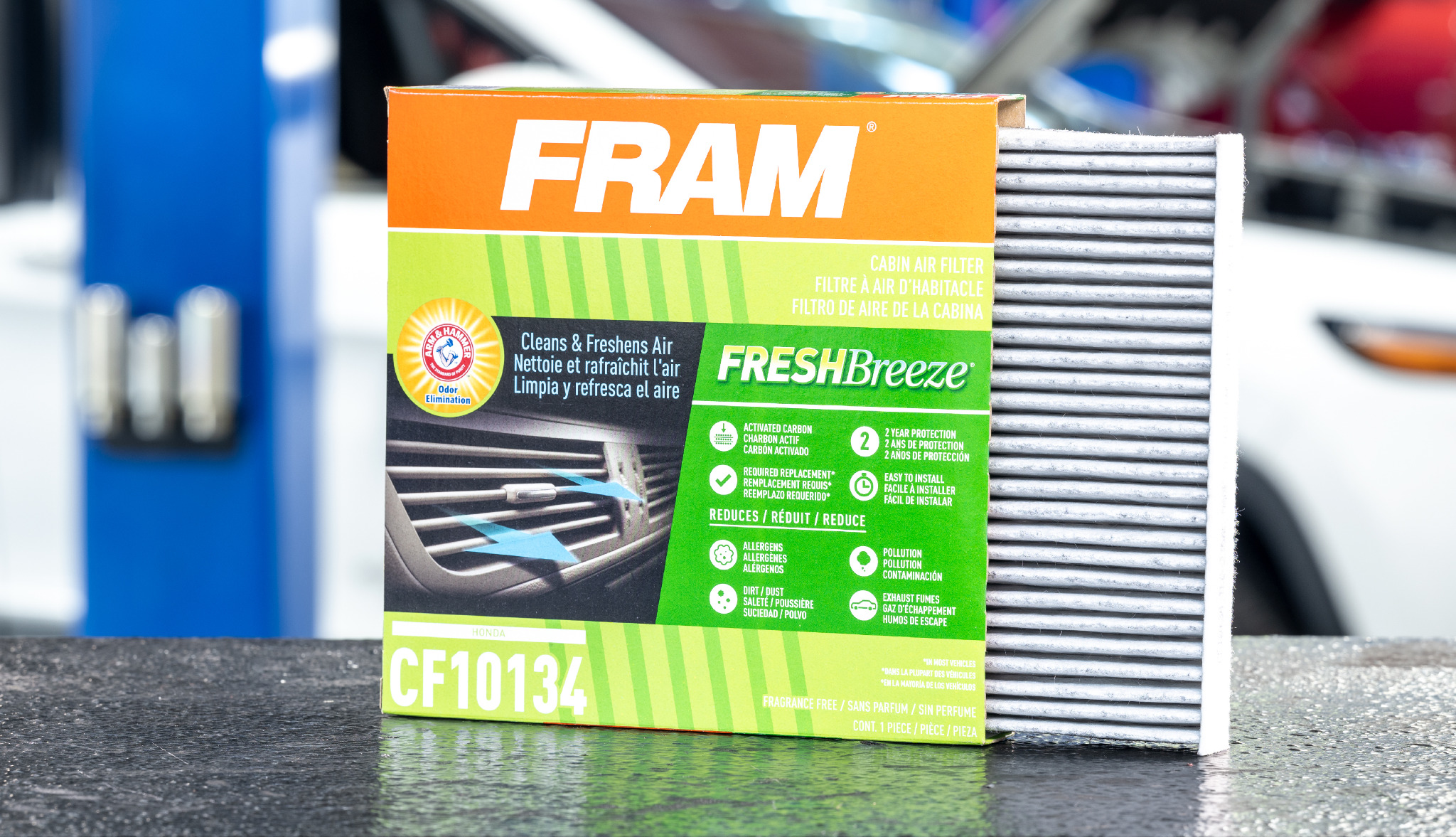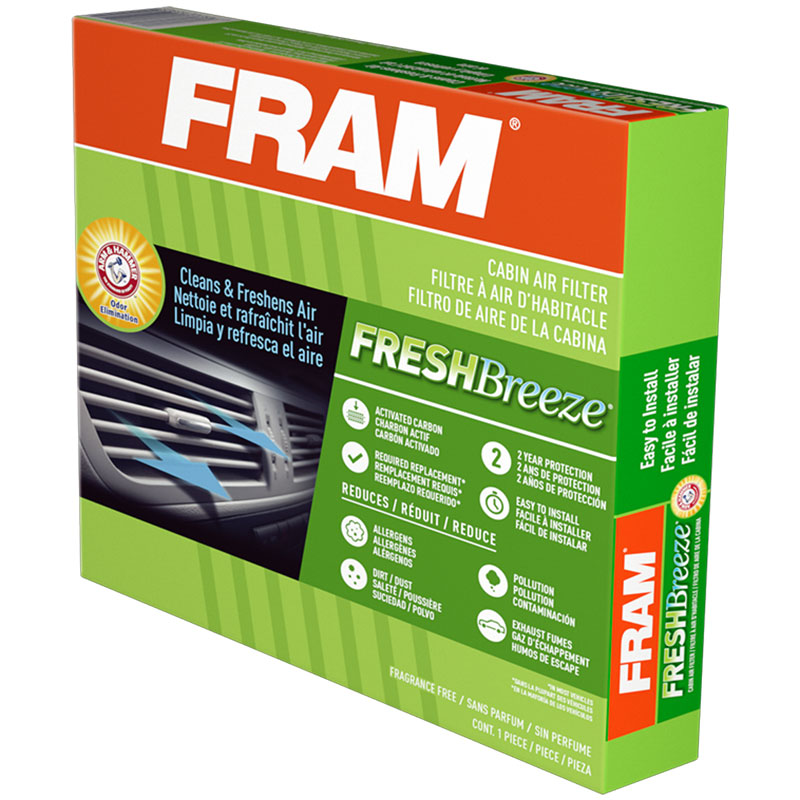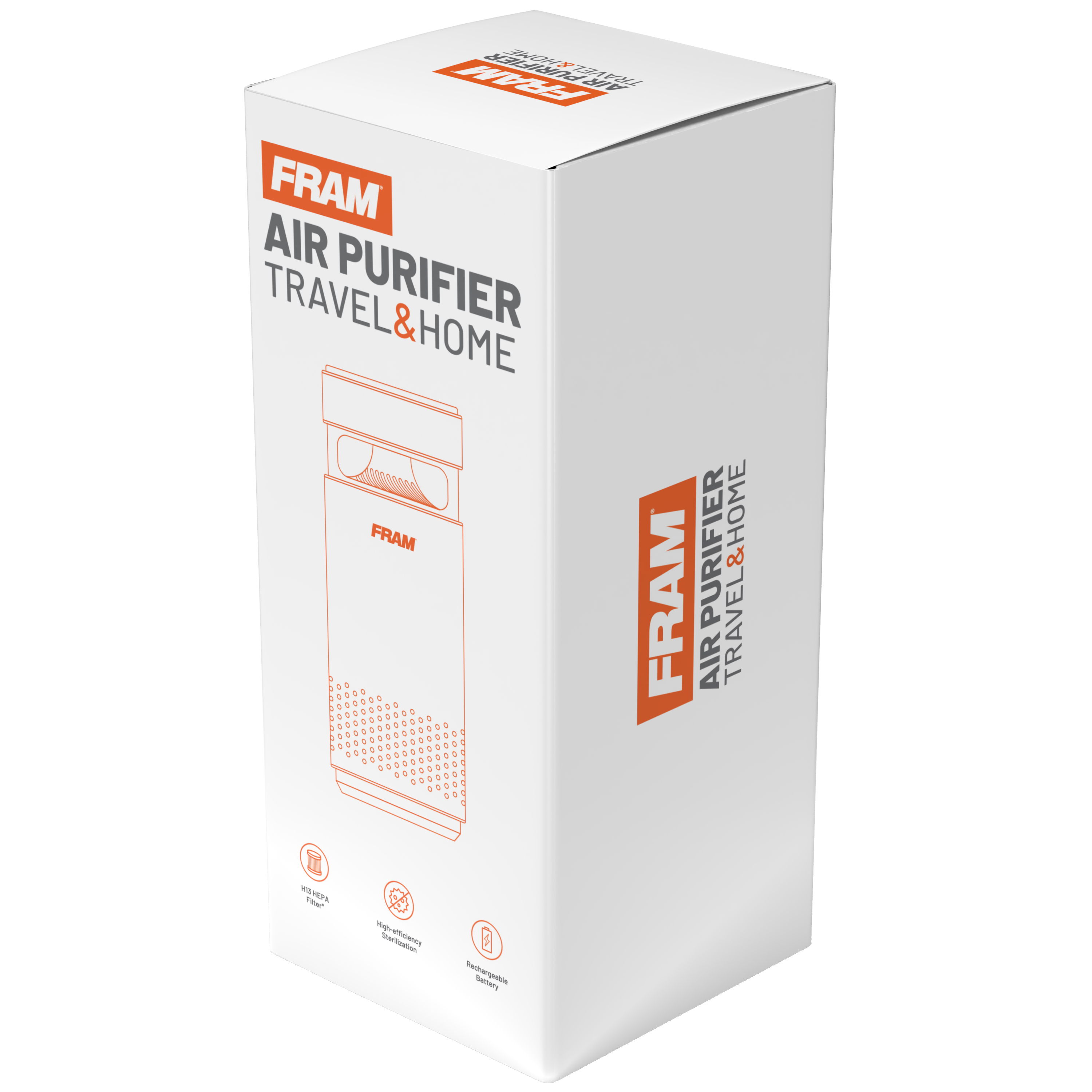


Learn About Carbon Air Filters
Air quality plays a pivotal role in shaping a healthy environment, and nowhere is this more crucial than in the space of your home and car. From idling in traffic to cooking indoors, you're inevitably exposed to harmful pollutants. This requires more than just a standard filter to protect you. Carbon air filters are particularly useful in these conditions due to their distinctive filtration properties.
Let's learn how carbon filters work and what they can remove from the air.
What Are Carbon Air Filters?
Carbon air filters are made with a layer of activated carbon (or charcoal) and sometimes an additional layer of cellulose fiber or other materials. They are used in various filtration systems such as air purifiers and car cabin filters. These filters that feature activated carbon have distinctive properties that allow them to remove gases, odors, and chemicals from the air—stuff that standard filters can't catch.
How Does a Carbon Air Filter Work?
When air flows through the paper and carbon filter media, gases and odors come into contact with the activated carbon. These microscopic particles then physically bond to the surface of the carbon. They do not pass, but attach to the media surface. The reason these molecules stick to carbon is because of chemical bonds. Activated carbon has certain chemical properties that attract and retain gas molecules.
Benefits of Carbon Air Filters
Odor control: Carbon air filters absorb and neutralize odors thanks to the activated carbon layer. These filters can neutralize smells from various sources, like cooking, cigarettes, and mold, and are most effective when you place them near the source of contamination.
Smoke removal: While carbon filters cannot remove all smoke particles, they can help lessen lingering smoke odors and reduce certain airborne irritants.
VOC removal: VOCs (volatile organic compounds) are chemicals that are lurking everywhere. Think of a freshly painted wall or cleaning products; these are all sources of VOCs that can affect your health. Carbon filters can reduce the levels of VOCs in the air, making your indoor environment safer.
Drawbacks of Carbon Filters
Carbon by itself does not have drawbacks in terms of filtration. A filter that has activated carbon as one of its filtration components can effectively remove odors and gases, as well as various solid particles, including larger ones. Manufacturers often combine carbon with different filter media specifically designed for capturing specific particle sizes. This combination creates a system with broader pollutant-capturing capabilities. HEPA filters, for instance, are often used alongside carbon because they're efficient at removing very small particles.
Do Carbon Filters Remove Car Exhaust?
Carbon dioxide is a smaller and more stable molecule than other pollutants like carbon monoxide or hydrocarbons. That means activated carbon filters are less effective against CO2, especially in the concentrations and conditions found in vehicle exhaust. However, a carbon filter can reduce the levels of other contaminants from the exhaust gas that the catalytic converter has already treated. Some studies suggest carbon filters can reduce harmful gases like nitrogen dioxide in your car by 90% compared to outside levels.
Carbon Cabin Air Filter Maintenance
The effectiveness of a carbon filter depends on the amount of activated carbon it contains and how much air it's cleaning. Over time, the pores in the carbon become filled and the filter itself can become saturated, so regular maintenance is important to ensure optimal functionality.
Carbon filters last between 6-12 months with regular use. The higher the concentration of odors and pollutants in the air, the faster the carbon filter will become saturated and need replacement. In areas with high levels of odors or pollutants, they may need replacement sooner, around 3-6 months. If odors are no longer being effectively neutralized, it's likely the carbon is saturated.
FRAM Solutions
At FRAM, we value healthy air in your everyday spaces. We offer two filtration solutions that feature a carbon filter to meet your diverse needs.
FRAM® Portable Air Purifier is the best solution for indoor spaces. Made to be both compact and effective, it combines HEPA-level filtration with activated carbon to catch 99.97% of airborne pollutants. Whether you're at home or on the move, this purifier guarantees clean and fresh air.
FRAM® Fresh Breeze is made of a conventional filter and a layer of activated carbon to block exhaust fumes and road dust from entering your vehicle. Along with the carbon properties, FRAM® Fresh Breeze uses the deodorizing properties of Arm & Hammer™ baking soda to further enhance its ability to eliminate odors.
Questions? We're here to help. Reach out the FRAM specialists for product and maintenance support.
VIEW FRAM PRODUCTS
SEARCH


